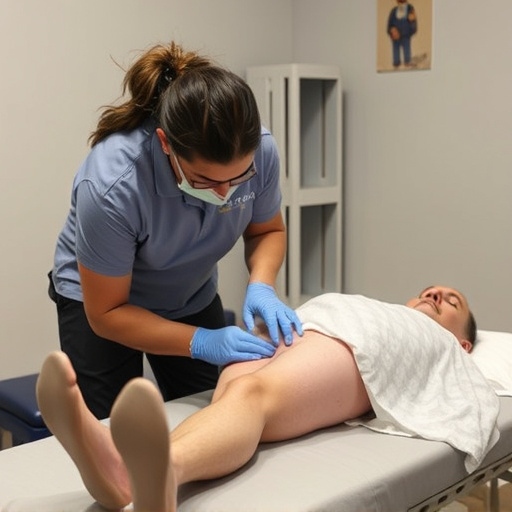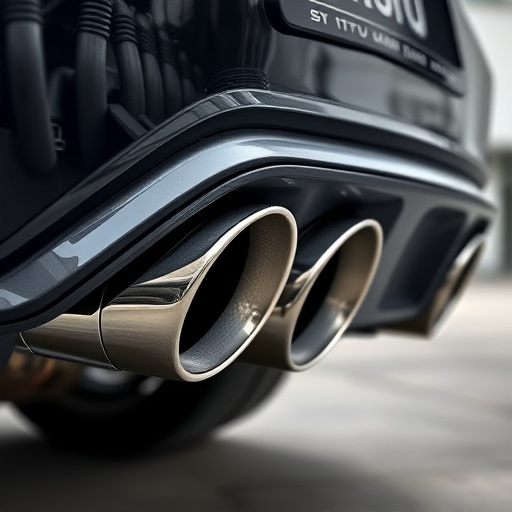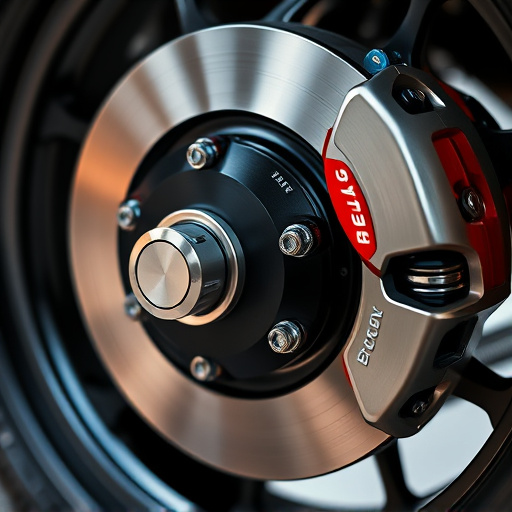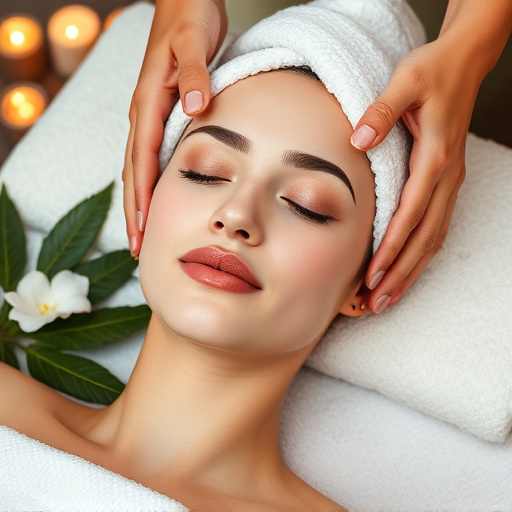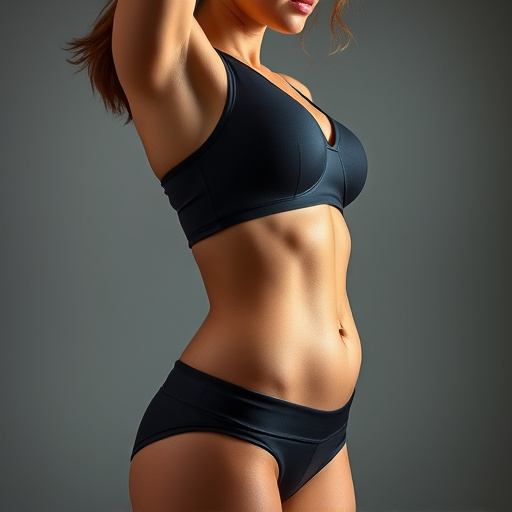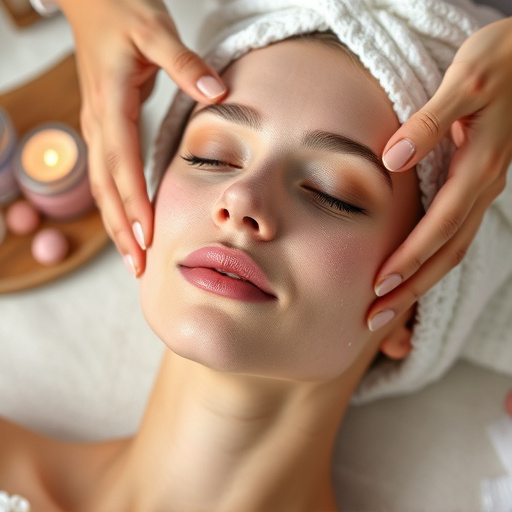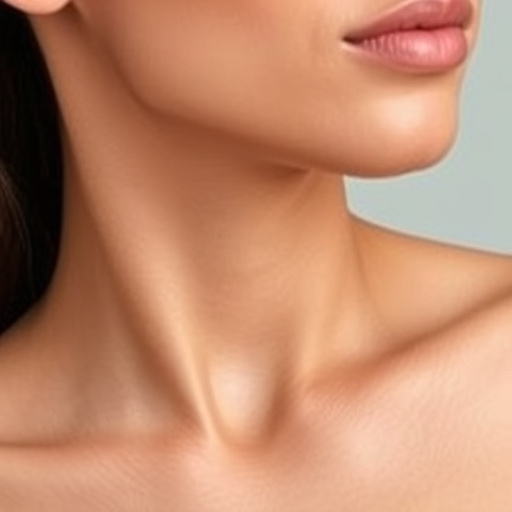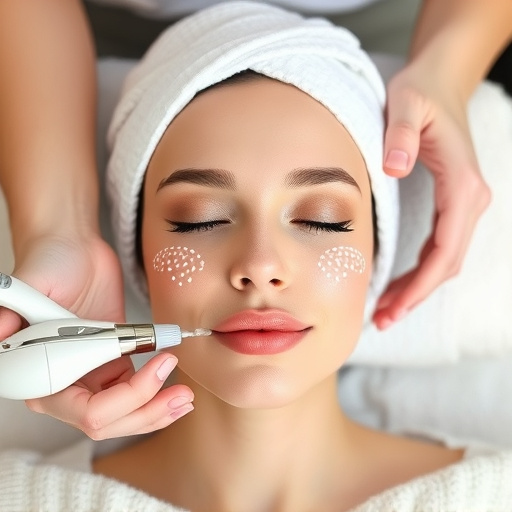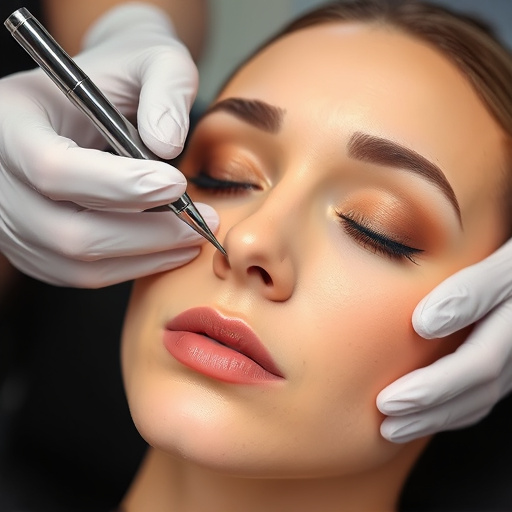Botox and fillers are distinct wrinkle reduction treatments. Botox paralizes muscles to smooth dynamic wrinkles, lasting 3-6 months; fillers add volume with results up to years. Customized facials combine both for comprehensive skincare addressing dynamic wrinkles, texture, balance, and acne. Selection depends on individual needs: Botox for dynamic lines, fillers for volume & contour enhancement. Optimal choice depends on skin type, desired outcome, and personal goals.
“Unsure which wrinkle reduction treatment is right for you? This guide breaks down the battle between Botox and fillers. Both are popular for smoothing fine lines and wrinkles, but they work differently. Understanding their unique mechanisms and effects is key to choosing the best option for your needs. We’ll explore the science behind each, highlight key differences, and provide insights to help you make an informed decision about your desired wrinkle reduction treatment.”
- Understanding Botox and Fillers for Wrinkle Reduction
- Key Differences Between Botox and Fillers
- Choosing the Best Wrinkle Reduction Treatment for You
Understanding Botox and Fillers for Wrinkle Reduction
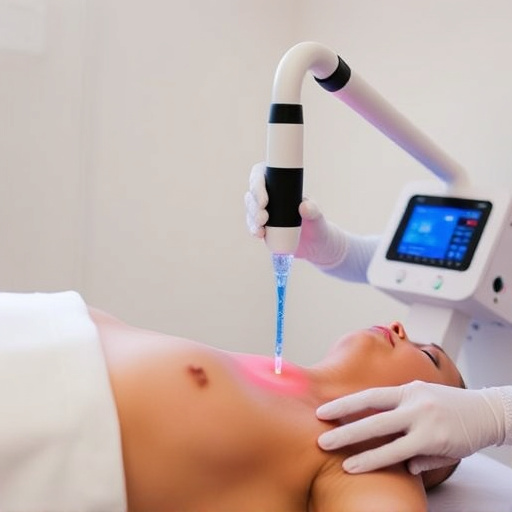
Botox and fillers are two popular wrinkle reduction treatments often considered by those seeking to enhance their appearance and combat signs of aging. Both procedures have gained significant traction in the aesthetic industry due to their effectiveness in smoothing fine lines and wrinkles, but they work in distinct ways.
Botox is a neurotoxin that temporarily paralyzes specific muscles responsible for causing dynamic wrinkles, especially around the eyes, forehead, and mouth. It’s a popular choice for those looking to reduce expression lines and prevent new wrinkles from forming. Fillers, on the other hand, are injectable substances that add volume and moisture back into the skin, plumping up depressed areas and reducing the appearance of fine lines and wrinkles. They are often made from hyaluronic acid or synthetic materials designed to integrate naturally with the body’s own collagen production, offering a more immediate result than Botox. A personalized skincare approach, guided by professional experts, can help determine which treatment aligns best with individual needs for optimal wrinkle reduction.
Key Differences Between Botox and Fillers
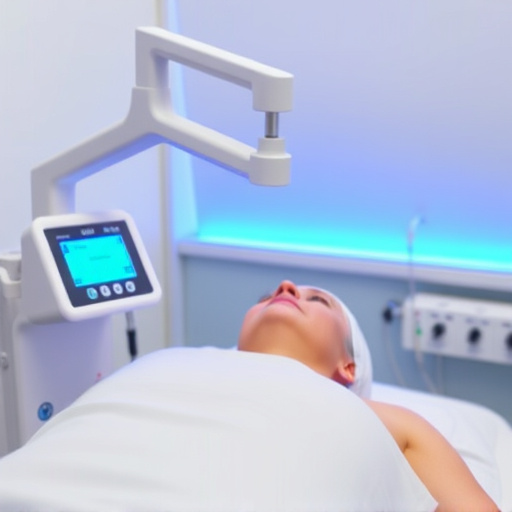
When considering Botox or fillers for wrinkle reduction, understanding their key differences is crucial. Both are popular in the quest for a youthful complexion, but they target different aspects of skin aging. Botox, a neurotoxin, works by paralyzing muscle activity, preventing contractions that cause dynamic wrinkles to form. This makes it ideal for fine lines and crow’s feet around the eyes and mouth. On the other hand, fillers enhance wrinkle reduction by adding volume to depressions and creases, smoothing out the skin’s surface. They’re particularly effective for deep facial lines, including nasolabial folds and marionette lines.
Additionally, their application processes differ significantly. Botox injections are quick and relatively painless, with results lasting 3-6 months, whereas fillers involve a slightly longer procedure, often with a numbing agent, offering results that can last from 6 months to several years, depending on the type of filler used. Customized facials, which include both wrinkle reduction treatments, provide a holistic approach, addressing not just dynamic wrinkles but also skin texture and overall facial balance. Acne treatments can also be integrated into these regimens for a more comprehensive skincare strategy.
Choosing the Best Wrinkle Reduction Treatment for You
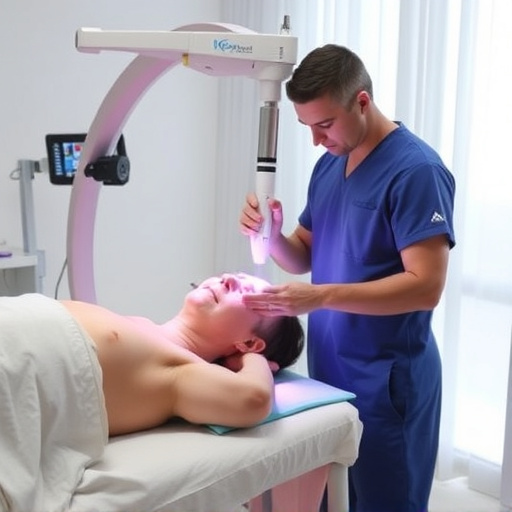
When considering a wrinkle reduction treatment, it’s essential to understand that both Botox and fillers have their unique benefits and are suited to different needs. The choice between them depends on various factors, including your skin type, the severity of wrinkles, and your desired outcome. Botox is particularly effective for dynamic wrinkles caused by facial expressions, providing a temporary yet significant smoothing effect. It’s ideal for those looking to soften fine lines and furrows around the eyes, forehead, and mouth without completely eliminating them.
Fillers, on the other hand, are excellent for adding volume and defining facial contours. They’re recommended for individuals seeking more pronounced results in terms of wrinkle reduction and enhancing specific areas like cheeks, jawline, or nasolabial folds. Fillers offer a longer-lasting solution than Botox but may require touch-ups every few months to maintain the desired effect. Ultimately, the best wrinkle reduction treatment for you depends on your personal goals and skin health considerations, as both Botox and fillers have proven effective in their respective areas of application within the realm of anti-aging treatments.
When it comes to achieving youthful skin, both Botox and fillers offer effective wrinkle reduction treatments. Understanding their distinct mechanisms and consulting with a dermatologist is key. Your choice between the two depends on your specific concerns and desired results. Whether you opt for botulinum toxin injections or dermal fillers, these innovative procedures can help you reclaim your confident smile, enhancing your natural beauty without drastic measures.


